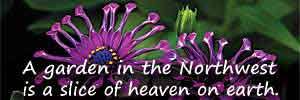Sedum spathulifolium 'Cape Blanco'
STONECROP
Family: Crassulaceae
Pronounced: SEE-dum spath-ew-li-FOE-lee-um
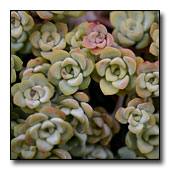
Quick Jumps
Growing Guide
Rainy Side Notes
GROWING GUIDE
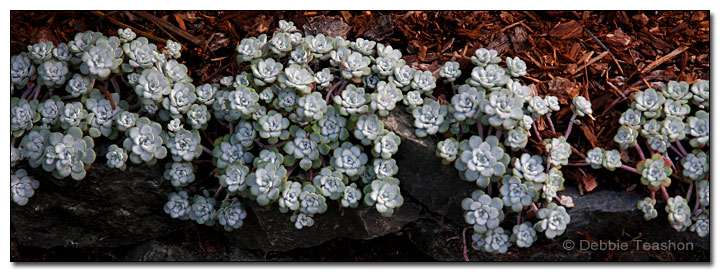
Origin:
Oregon
Plant Group:
Perennials.
Hardiness:
Sunset zones: All.
USDA zones: 5-9.
Height:
4 inches (10 cm).
Width:
12 inches (30 cm). Flowering period:
Late spring to early summer. Flowering attributes:
Star-shaped, yellow flowers in tight clusters. Leaf attributes:
Rosette of fleshy green leaves covered with a silvery-white waxy powder, giving it a silvery appearance. Light:
Full sun to light shade. Soil:
Any type well-drained soil. Propagation Methods:
Short stem pieces root readily in garden soil.
Divide in spring. Pruning Methods:
Not necessary.
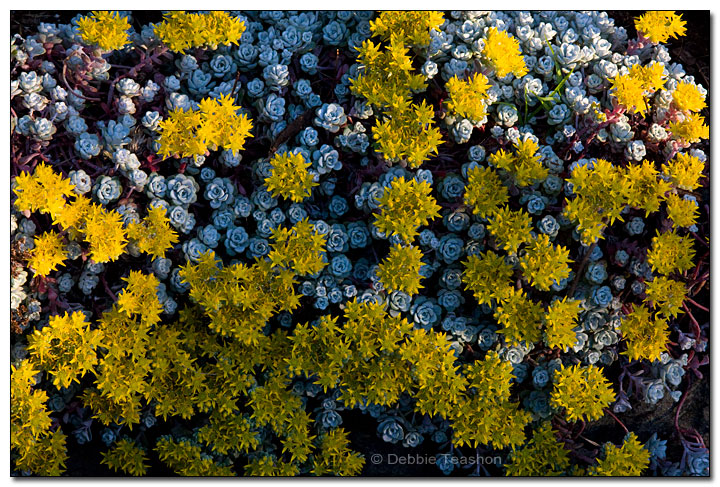
Rainy Side Notes
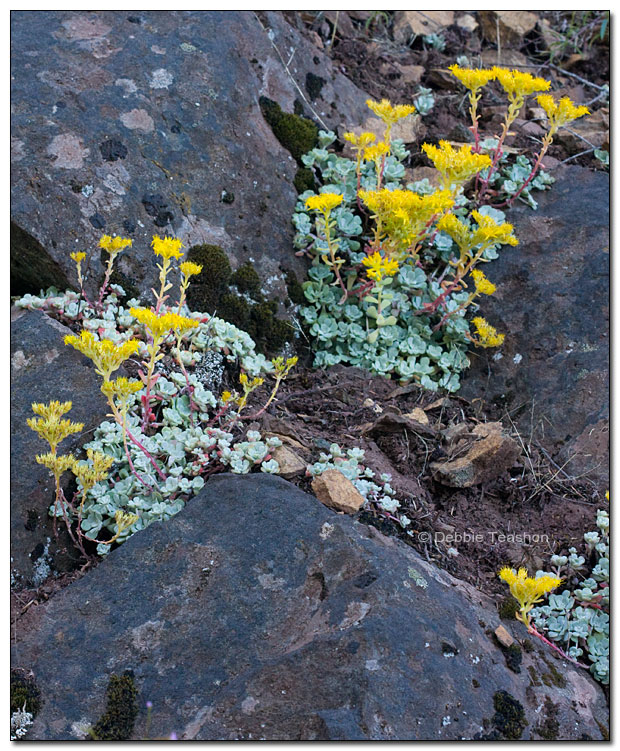
There are so many handsome stonecrops in the nursery trade; it is often hard to choose just one. If I decided on only one ground covering sedum, it would have to be our Oregon native, Sedum spathulifolium ‘Cape Blanco’ (Pronounced: SEE-dum spath-ew-li-FOE-lee-um). It is one of the most well-known stonecrops in cultivation. The handsome rosettes of fleshy green leaves are covered with a silvery-white waxy powder; its silvery appearance sets off basalt rock in perfect contrast. The yellow flowers are lovely, but the foliage is so outstanding that I would rather not have the flowers detract from their incredible silvery rosettes. Yet I leave them for the pollinators. As soon as the flowers fade, I prune out the flowering stems, so the foliage comes to the forefront again. Being a native makes it a perfect choice for our maritime climate.
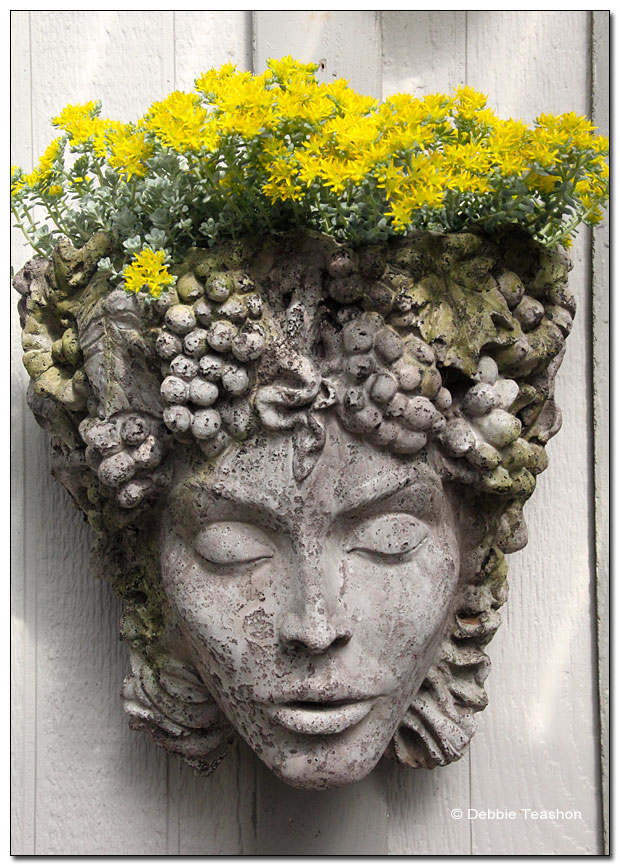
This sedum is a beautiful and easy ground cover for beginner gardeners to grow in any well-drained soil. It's drought tolerant and appears deer resistant; however, it is edible to the human species. You can use the succulent foliage in soups or even as a stir-fry. To serve this to your family or guests should get everyone talking about the strange new vegetable on the table, hopefully without an "Eww" comment.
If you add a sedum species to your diet, try them in the morning before the CAM (Crassulacean Acid Metabolism) processing of CO2 builds acid content in the foliage. This process adds an acid/peppery taste that makes the sedums unpalatable by late afternoon/evening. Caution, eating too many of them can cause an upset stomach.
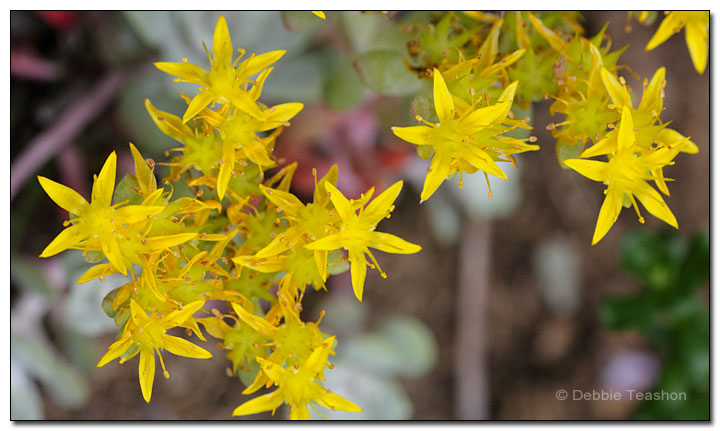
The Royal Horticultural Society bestowed our native sedum with the Award of Garden Merit. For beginner gardeners, this is a handsome and easy-to-grow ground cover. I hope to see this become a Great Plant Pick in the future.
I grow this little native in nooks and crannies along rock walls and edges of pavers (where there is little to no foot traffic). I appreciate it best cascading down my rock walls—the dark basalt stone beautifully shows off the silvery-gray succulent leaves.
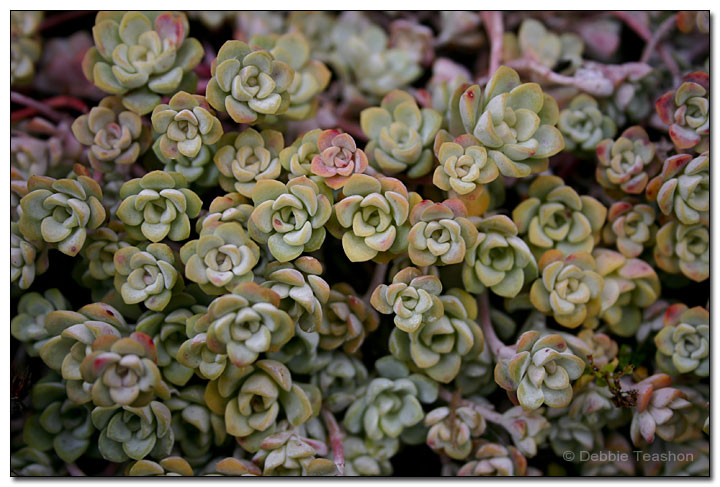
Top photo in the notes section photographed in the wild. The rest photographed in the author's garden.

Gardening for the Homebrewer: Grow and Process Plants for Making Beer, Wine, Gruit, Cider, Perry, and More
By co-authors Debbie Teashon (Rainy Side Gardeners) and Wendy Tweton
Copyright Notice | Home | Search | Natives

